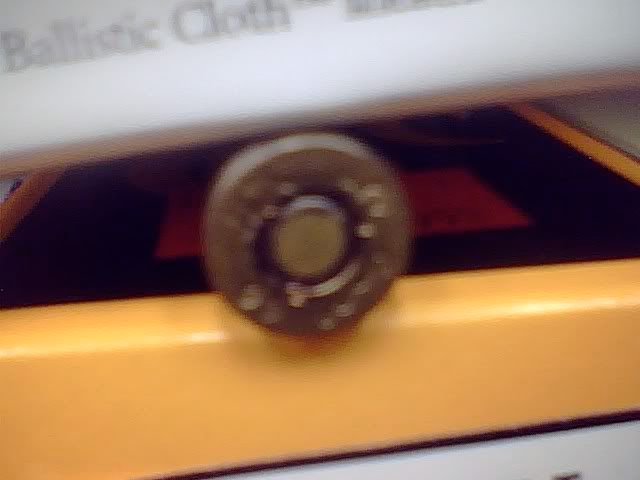Mike Irwin
Staff
Hi, Hunter.
We've discussed those before.
They are not "bullets" in the sense that we are discussing in this thread.
They are shot containers, and specifically designed to fly apart to release their payload upon exiting the barrel.
As for the Garand functioning with wooden bullet blank loads, again I don't think so for any variety of reasons, ranging from the United States never issuing wood bullet blanks for training purposes to their inability to generate sufficient chamber pressure.
This is one type of blank firing adapter used to make the M1 Garand cycle with blanks. This particular model is Danish.

This is the US pattern blank firing adapter as issued by the US military for training purposes.

Another problem with blanks functioning a semi-auto firearm is that blanks generally use small amounts of VERY fast burning powder; standard powder used in ball loads is simply not suitable for blank purposes.
The United States for nearly 60 years loaded blanks with E.C. Flash Powder manufactured by Hercules. It actually came a lot closer to detonating than burning like smokeless powder, and more than one person found out the hard way that it is not a good thing at all to try to put a standard bullet in a case loaded with E.C. The result is usually severe gun damage as well as severe shooter damage.
We've discussed those before.
They are not "bullets" in the sense that we are discussing in this thread.
They are shot containers, and specifically designed to fly apart to release their payload upon exiting the barrel.
As for the Garand functioning with wooden bullet blank loads, again I don't think so for any variety of reasons, ranging from the United States never issuing wood bullet blanks for training purposes to their inability to generate sufficient chamber pressure.
This is one type of blank firing adapter used to make the M1 Garand cycle with blanks. This particular model is Danish.

This is the US pattern blank firing adapter as issued by the US military for training purposes.

Another problem with blanks functioning a semi-auto firearm is that blanks generally use small amounts of VERY fast burning powder; standard powder used in ball loads is simply not suitable for blank purposes.
The United States for nearly 60 years loaded blanks with E.C. Flash Powder manufactured by Hercules. It actually came a lot closer to detonating than burning like smokeless powder, and more than one person found out the hard way that it is not a good thing at all to try to put a standard bullet in a case loaded with E.C. The result is usually severe gun damage as well as severe shooter damage.

